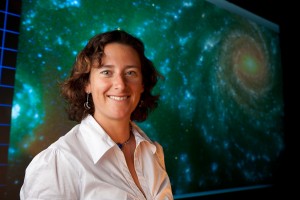
Australian Rivers Institute’s Assoc. Prof. Peter Pollard has researched rainforest lakes and rivers to test a provocative theory. The respiration of bacteria living and ‘breathing’ in these freshwater ecosystems is a major pathway for the return of rainforest carbon back to the atmosphere as the greenhouse gas carbon dioxide.
Continue reading Are forests really the carbon sink we need?








